Sculptures Take Root on Moravian’s Campus
Many have walked around Moravian College’s main campus and no doubt have seen the large, orange piece of twisted metal in the courtyard of the Priscilla Payne Hurd Academic Complex. If they’ve looked at its title — Moravian Roots III, A Symbol of Potential and Growth — they might have thought it refers somehow to the history of the College. But that is not the case.
One in a large series of sculptures created by international artist Steve Tobin, Moravian Roots III is made of recycled industrial tubing that Tobin bends to resemble tree roots. This, along with two other smaller pieces that stand on south campus– Moravian Roots I and Moravian Roots II — were donated by an alumna of Moravian, Joann Trotsky, in honor of her parents.
Tobin has called Moravian Roots III a “romantic family embrace” and feels that it represents the human form because of the strange bends and marks on the surface that make it imperfect. “I intentionally leave the markings, and create the buckling, to give it that character,” says Tobin.
The sculpture creates a great presence in the Hurd courtyard. The swooping arms coming off the 10 to 12-foot sculpture twist around and within the standing parts and give the effect that there is more to the piece, even though there is a large amount of empty space.
The sculpture’s scale gives the viewer an opportunity to make use of that negative space and to walk around and through it so as to take in all of the work’s various angles and views. The sculpture gives some insight into the creator as well, as its loose, flowing feel and subject matter shows that Tobin gets his inspiration from nature.
The use of recycled steel as a medium relates to his inspiration. By creating his work from recycled material, Tobin has given second life to a natural resource that might otherwise be in a landfill.
Other pieces showing the influence of nature include waterfalls made of glass, castings of termite mounds, and his famous Trinity Root, which is a cast of the stump and roots of a sycamore that protected St. Paul’s Church in lower Manhattan from harm during the 9/11 attacks.


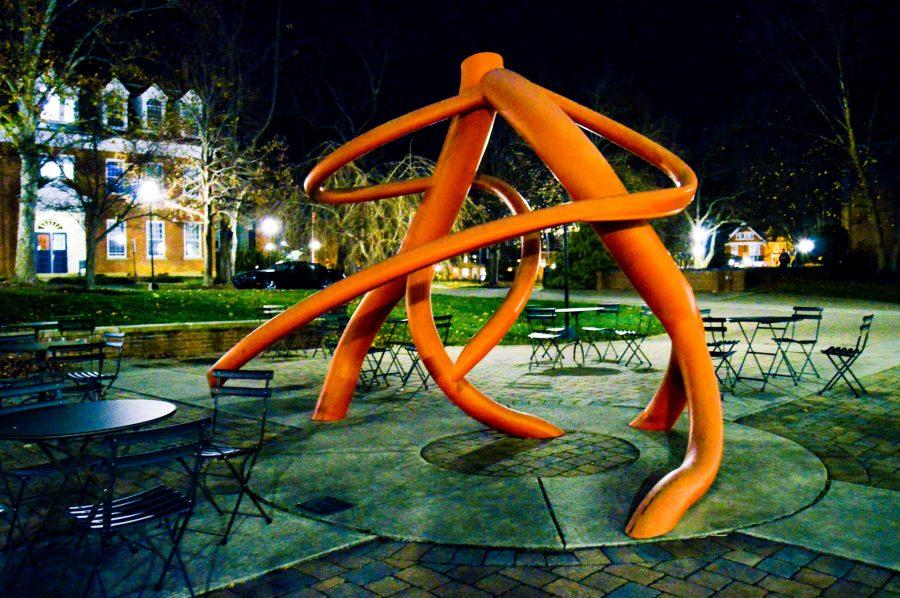
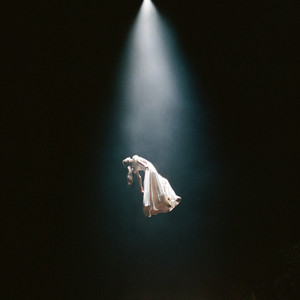





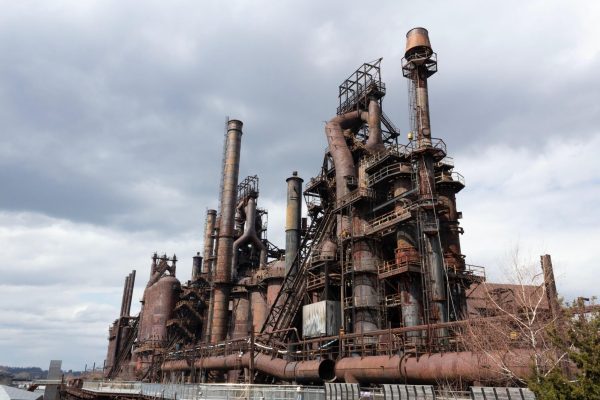
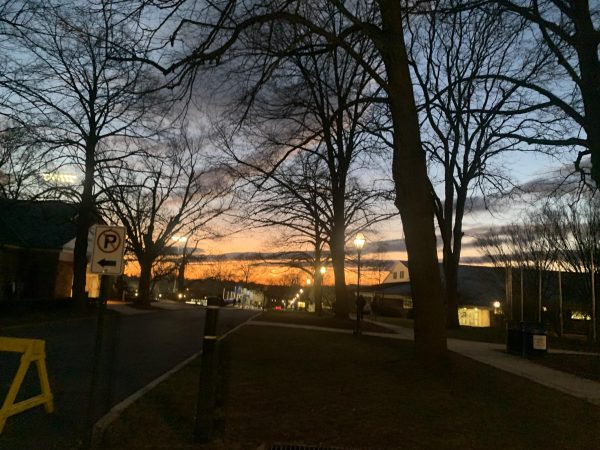
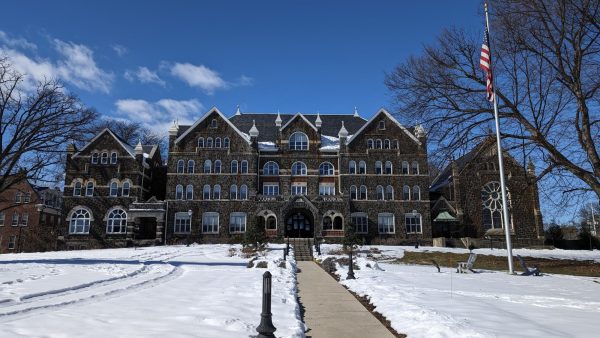
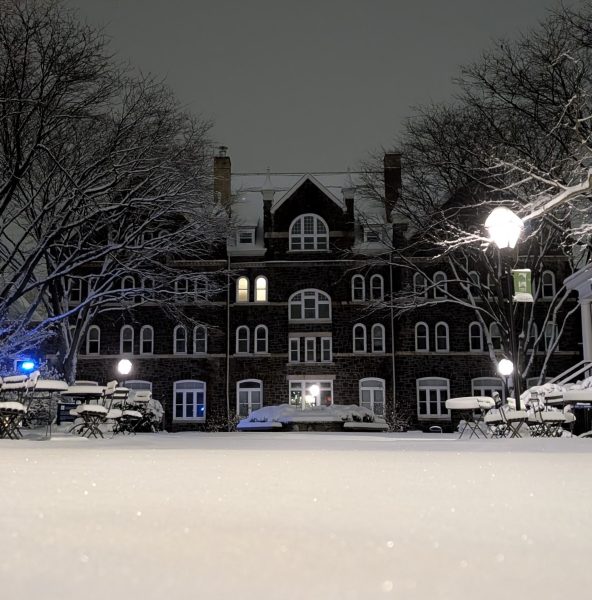
Joyce Hinnefeld • Dec 10, 2016 at 9:11 am
Wonderful piece, Andrew–thank you for this research! All of us will see these sculptures in a new and more informed way now.